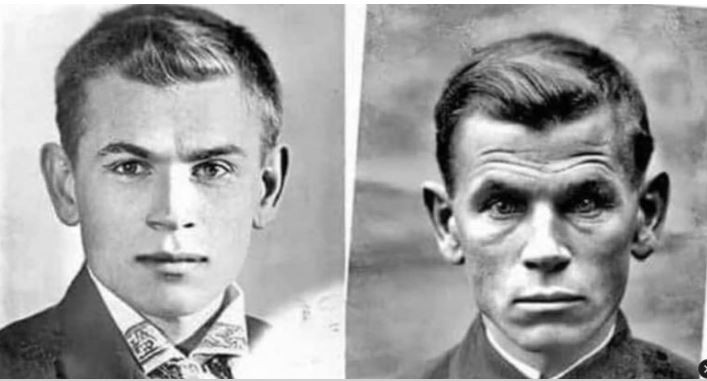Veterans Day, more than just a parade

ALAMOSA — “War is hell.” It’s both a sentence and a sentiment that has been expressed so many times throughout so many wars by so many who have experienced it directly that attributing it to one person does nothing more than diminish just how true the statement is.
For centuries, there was little to no public recognition of the ravages of war on the hearts, minds and bodies of soldiers. Yet, throughout those same years, there have existed long-standing traditions of honoring those who fought in battle.
Artists in ancient Mesopotamia depicted warrior kings leading victorious troops in murals painted on the sides of buildings. In Rome, there was the “triumph”, a ritual procession that was the highest honor that could be bestowed upon a general in the Roman Republic. Century after century in nations around the globe, soldiers have been honored – even glorified – for their service to the nation.
The same can be said of the United States, although the pageantry is less and the history of the tradition is shorter. It started in 1918 when, on November 11, the Germans and Allies signed the Treaty at Versailles, bringing to an end the largest and bloodiest global war in human history to that point.
Referred to as the “Great War” to “end all wars”, World War I introduced weapons of war unlike any armies had experienced before. Poison gas. Machine guns. Tanks. Artillery bombardment. Submarines and airplanes. The cost in human life was unimaginable.
The signing of the Treaty at Versailles took place on November 11, 1918, at the 11th hour of the 11th day of the 11th month. The event quickly came to be known as “Armistice” day, bringing an official end to the war that had claimed the lives of an estimated 17 million soldiers and civilians.
The following year, President Woodrow Wilson officially declared November 11th as Armistice Day.
In 1938, legislation was passed making November 11 a federal holiday with the declaration “Dedicated to the cause of world peace and to be hereafter celebrated and known as Armistice Day.”
Adolph Hitler invaded Poland less than a year later, sparking a war that made World War I pale in comparison. World War II killed an estimated 75 million people and is described by many scholars as a “total war” employing unrestrained warfare bent on the complete destruction of both military and civilian populations.
Five years after the end of World War II, the United States got involved in the Korean War which led to the death of another 40,000 American soldiers and 100,000 wounded.
By the mid-1950s, the deaths of so many soldiers and the destruction of so many lives prompted the 83rd Congress to amend the act of 1938 and honor all American soldiers who had fought in battle, not just those who fought in World War I. Thus was born the holiday known as Veterans Day, which is how it’s been known ever since.
Since Korea, the United States has been involved in 10 major conflicts, including the Viet Nam War, Operation Desert Storm and the wars in Iraq and Afghanistan.
Over that time, the mechanics of war may have changed as has the public awareness. But the reality of war has not. Men and women still leave their homes and put all on the line in defense of their country, and the nation still owes them a debt of gratitude that can never truly be paid.
Veterans Day is one small nod in that direction as is the annual Veterans Day Parade that honors the roughly 3,000 veterans currently living in the San Luis Valley. But what does the parade mean to the people the day is supposed to honor? Does it still retain the power that was first felt a century ago?
“Veterans. That’s what it’s all about,” says Frank Muniz, veteran of the Viet Nam War, recently retired Veterans Service Officer for Alamosa and one of the parade organizers. “Veterans are responsible for defending all the freedoms Americans enjoy. Freedom of the press, freedom of religion, freedom of speech. I’ve talked a lot of veterans into coming to the parade. In small communities, I think those who participate feel honored. They even thank me. They get satisfaction seeing the people clapping and saying ‘thank you’. It means a great deal to them.”
When it comes to the significance Veterans Day holds for the general public, Muniz is a little more specific and answers a little more slowly.
“Those that have family that have served in the military, it means a lot to them. Those who have lost people in their family. Mothers who have lost their sons…wives who have lost husbands…it means a great deal to them, too.”
War is hell, often exacting an indelible price from the few in service to the many. Whether it’s attending a parade to show appreciation or simply acknowledging in some other the way that gratitude is due those who often carry scars no one else will see, these men and women of the military deserve to be honored on Veterans Day and every other day, as well.



